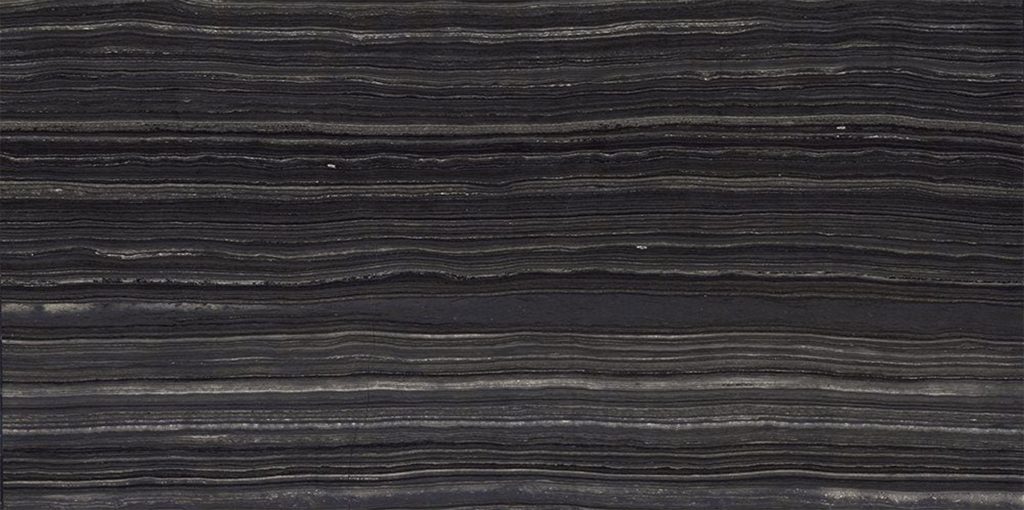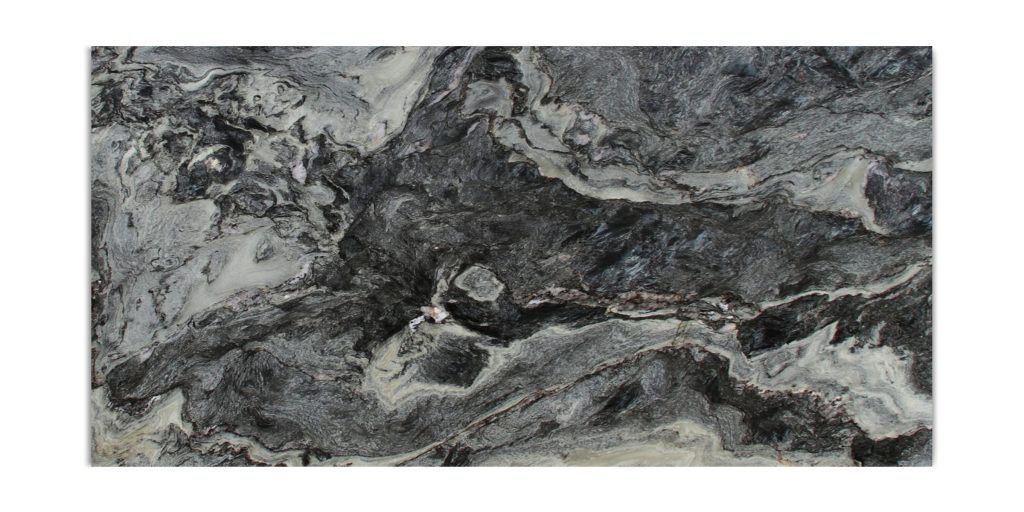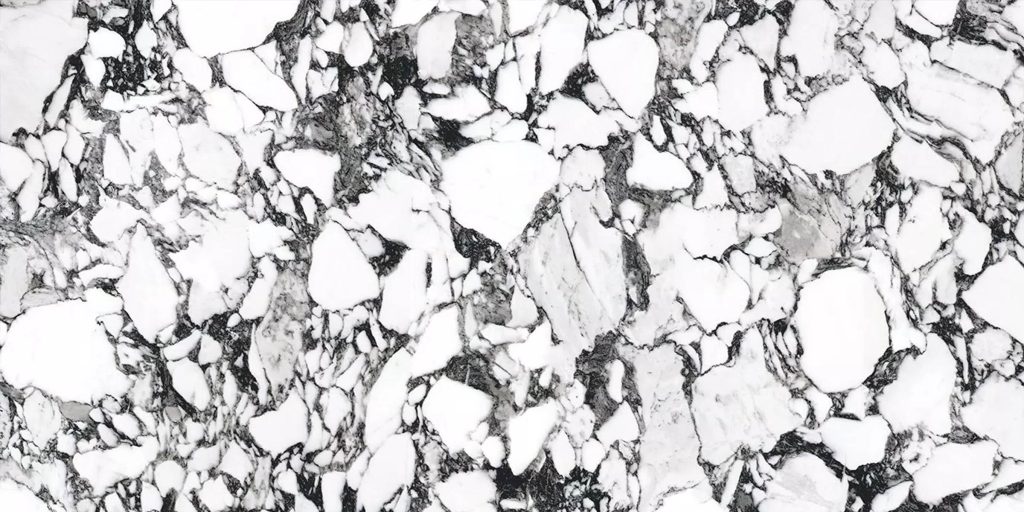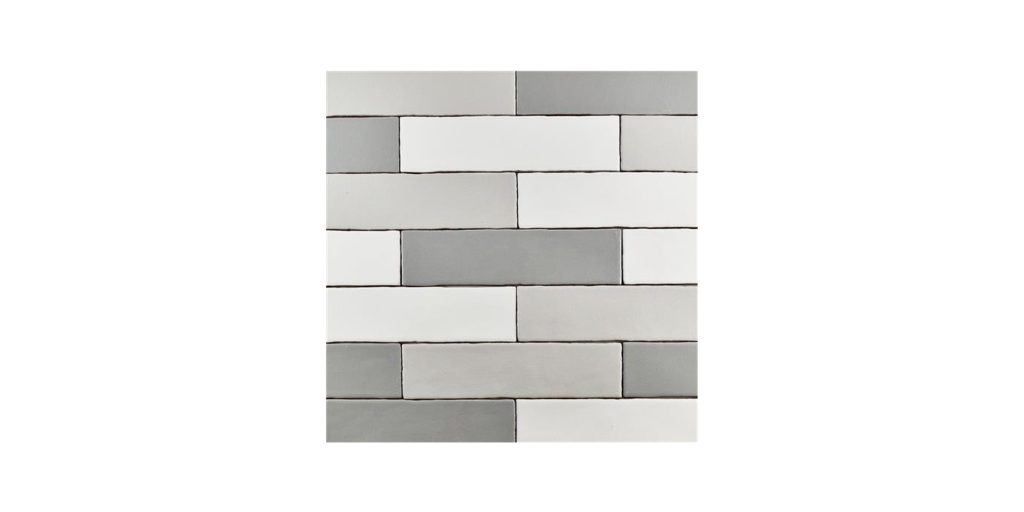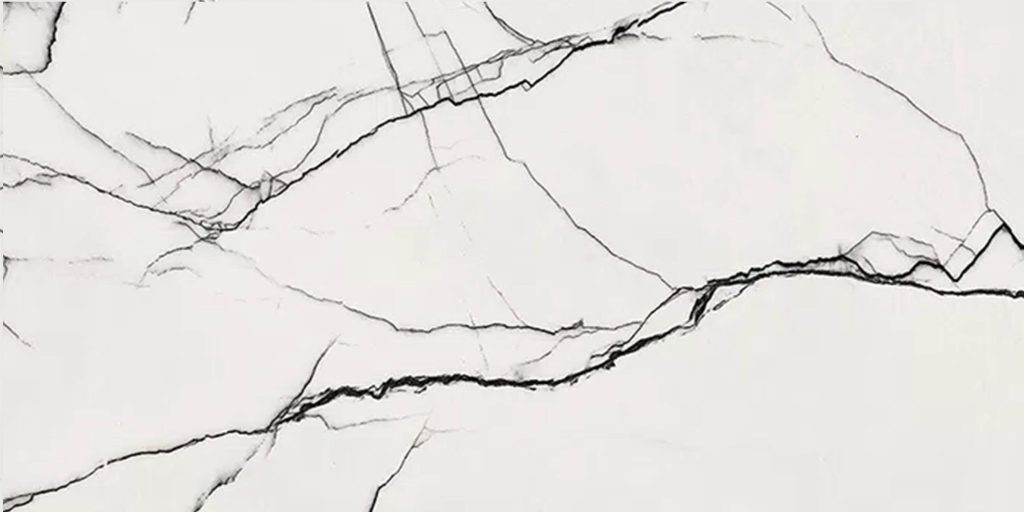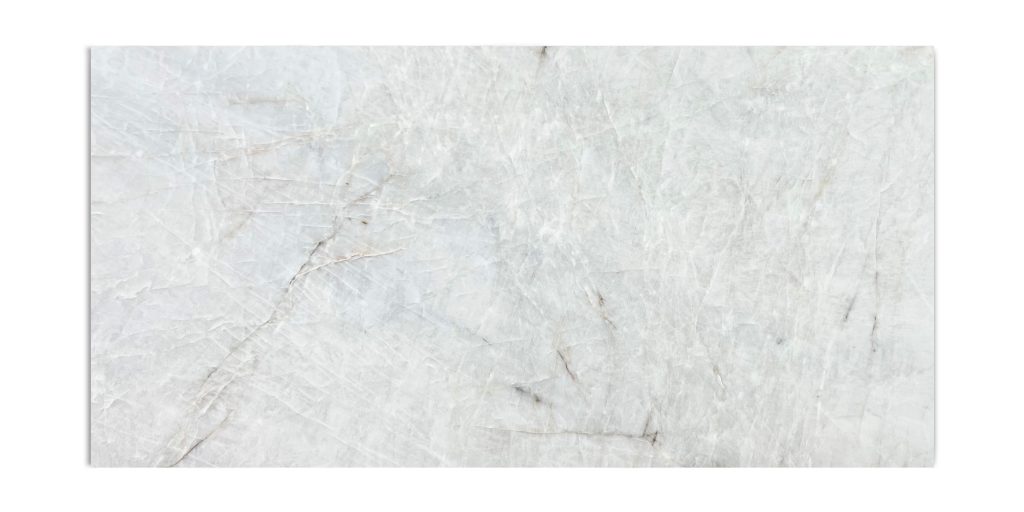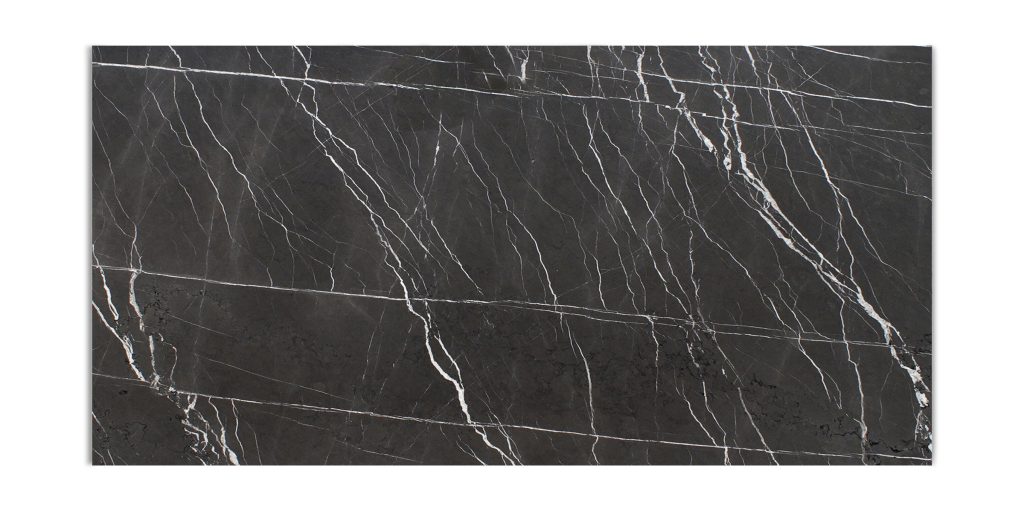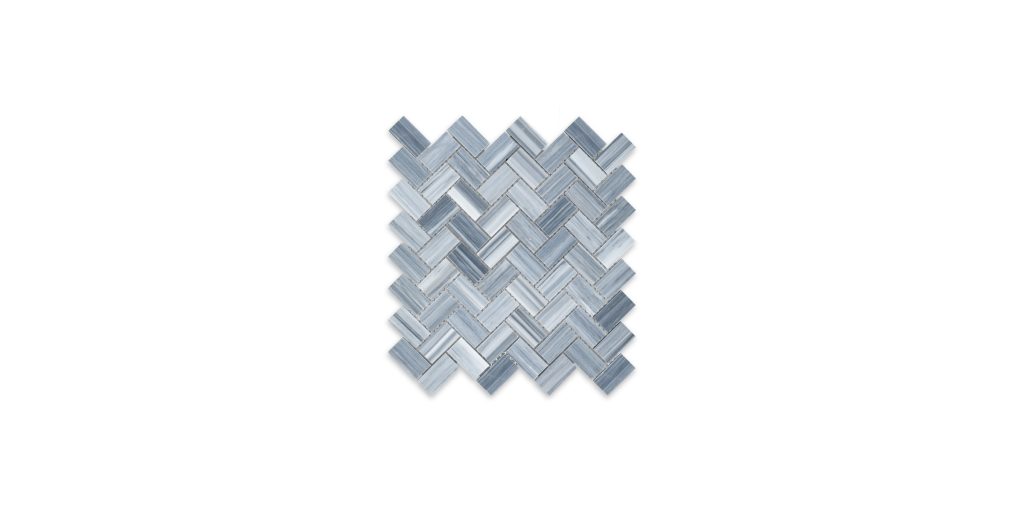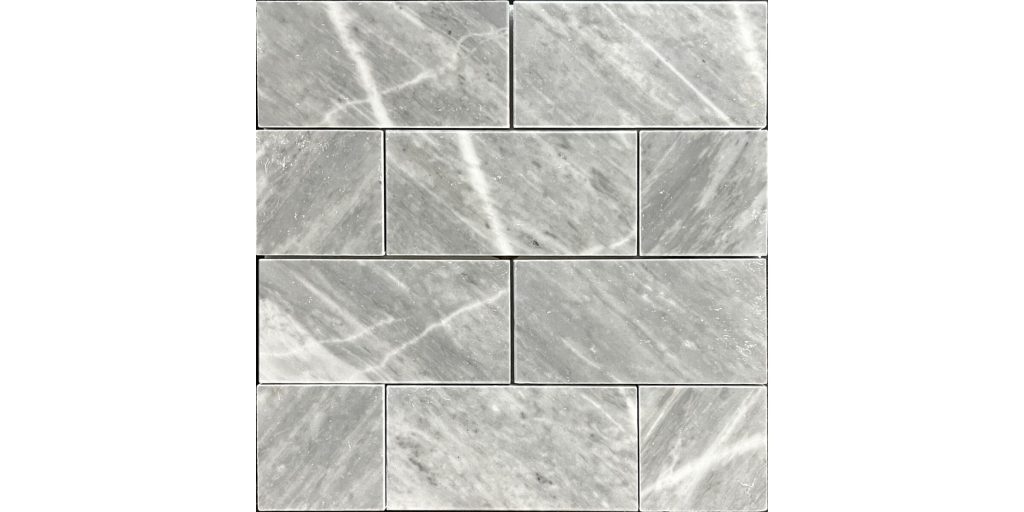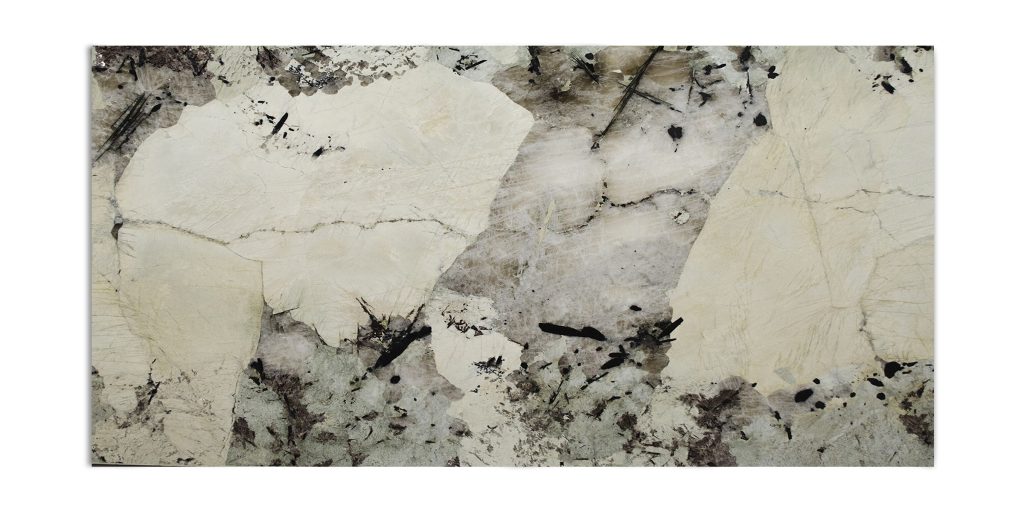Should tile be lighter or darker than walls?
Should tile be lighter or darker than walls? When designing a space, one of the most debated aspects of interior decor is whether tiles should be lighter or darker than the walls. Both choices have their own unique impact on the overall aesthetic and feel of the room. Let’s explore the pros and cons of each approach to help you decide what works best for your home.
The Case for Lighter Tiles
Lighter tiles are often associated with a clean, spacious, and airy atmosphere. Here are a few reasons to opt for lighter tiles:
1. Enhances Room Size: Light-colored tiles reflect more light, making rooms appear larger and more open. This is especially effective in smaller spaces like bathrooms or kitchens.
2. Complements Dark Walls: If your walls are painted in a darker tone, lighter tiles can provide contrast, balancing the space and preventing it from feeling too heavy.
3. Timeless Elegance: Neutral and light-colored tiles often have a timeless appeal, which can work well in homes aiming for a classic or minimalist design.
4. Brightens Dark Spaces: In rooms with limited natural light, lighter tiles can help to brighten up the space, giving it a fresh and inviting feel.
The Case for Darker Tiles
On the other hand, darker tiles can create a bold and dramatic look, perfect for modern and luxurious designs. Here’s why you might choose darker tiles:
1. Adds Depth and Drama: Dark tiles add a sense of depth and sophistication to a room. They work particularly well in larger spaces where light reflection is less critical.
2. Low-Maintenance Appearance: Darker tiles are excellent for hiding dirt, stains, and imperfections, making them a practical choice for high-traffic areas.
3. Creates a Cozy Atmosphere: In living rooms or bedrooms, dark tiles can make the space feel warm and intimate.
4. Seamless Look with Light Walls: If your walls are painted in a lighter color, darker tiles can ground the space and provide an elegant contrast.
Factors to Consider
When deciding between lighter or darker tiles, keep the following factors in mind:
1. Room Size: In smaller rooms, lighter tiles can help open up the space. Conversely, larger rooms can accommodate the richness of darker tiles.
2. Lighting: Consider the natural and artificial lighting in the room. A well-lit room can handle darker tiles, while a dimly lit room benefits from the reflective qualities of lighter tiles.
3. Style Preference: Are you going for a modern, classic, rustic, or contemporary look? The choice of tile color should align with your overall design vision.
4. Maintenance: Light tiles may show stains and dirt more easily, while dark tiles can highlight dust and water spots. Choose a color that fits your lifestyle and cleaning habits.
5. Flooring vs. Wall Tiles: If the tiles are for the floor, darker shades often provide a sturdy base for lighter walls. For wall tiles, the choice depends on the desired contrast and room function.
Striking a Balance
So should tile be lighter or darker than walls? For those who can’t decide, a balanced approach might be the perfect solution. For example, using a combination of light and dark tiles in patterns or accent areas can create a visually stunning space. Similarly, introducing elements like furniture, décor, or even grout color can help tie the room together, regardless of the tile’s shade.
Conclusion
There’s no one-size-fits-all answer to whether tiles should be lighter or darker than walls. It all comes down to your personal preference, the space you’re designing, and the atmosphere you want to create. By carefully considering room size, lighting, and style, you can achieve a harmonious and beautiful design that reflects your vision.

